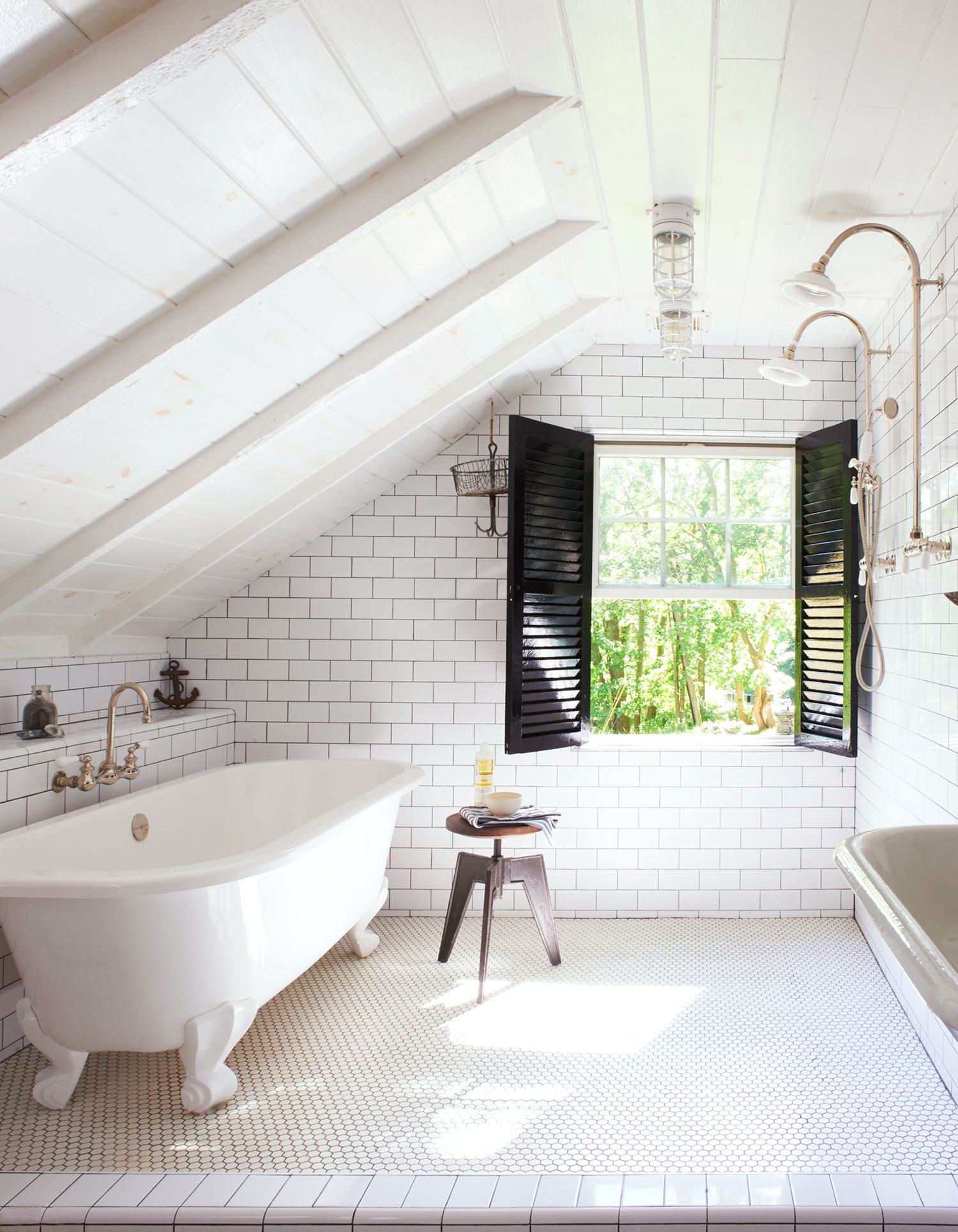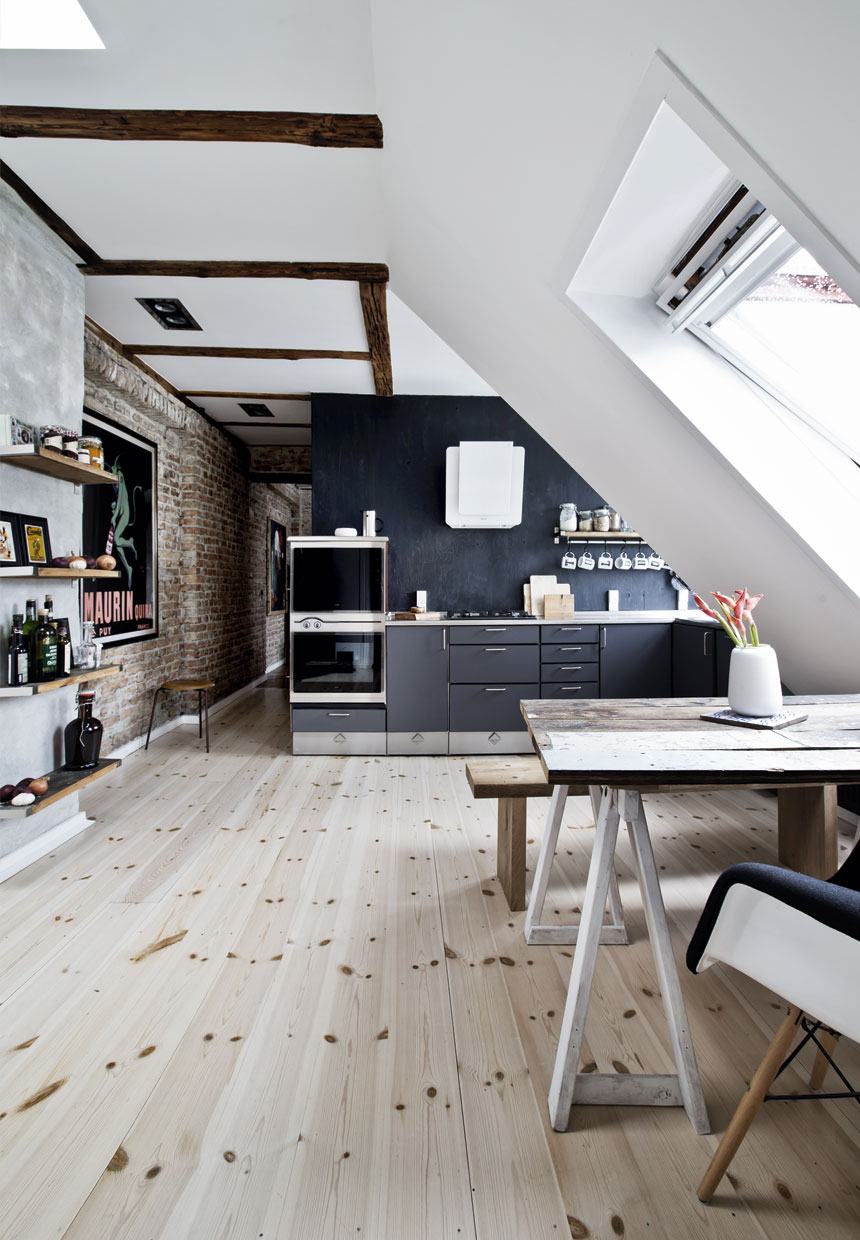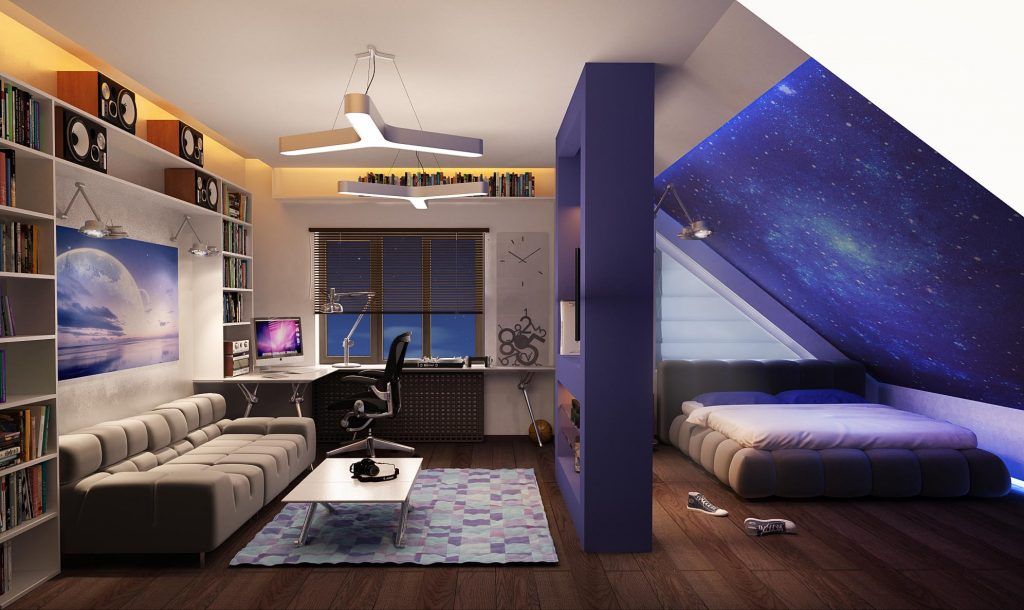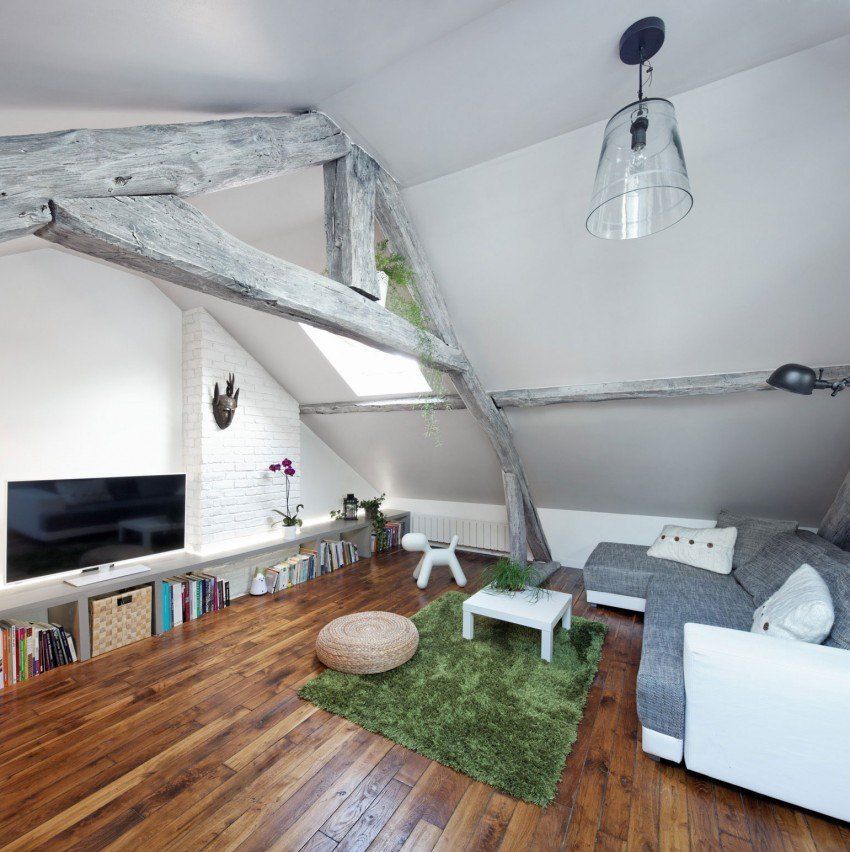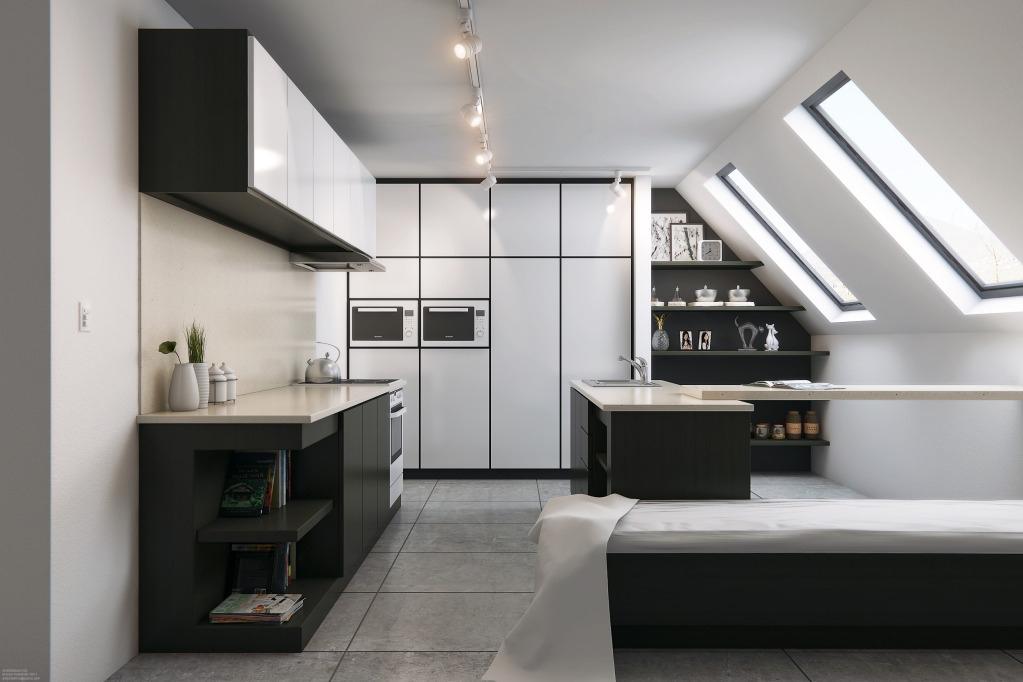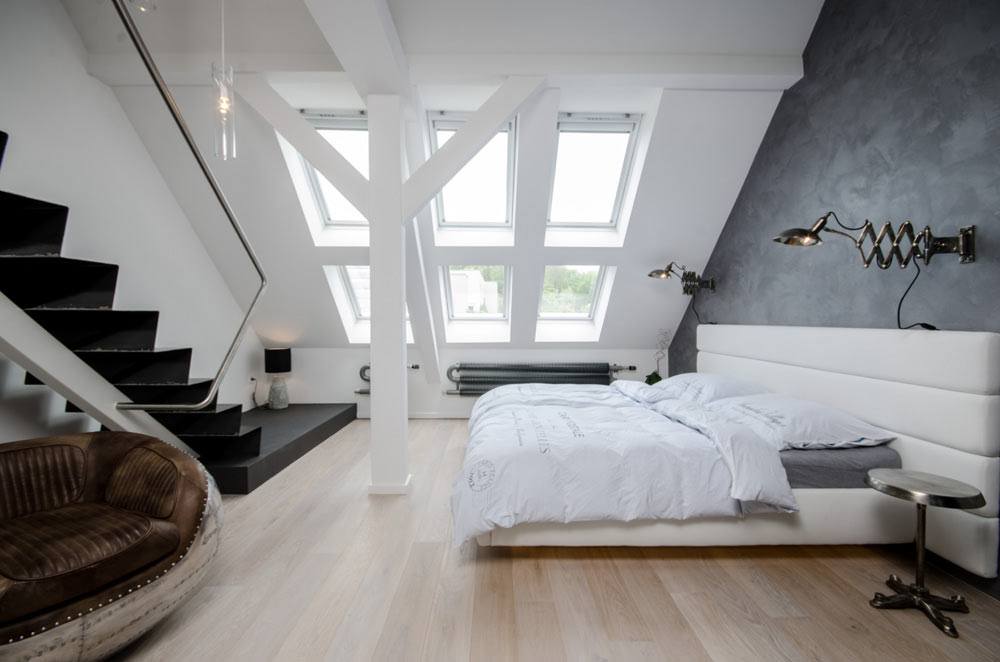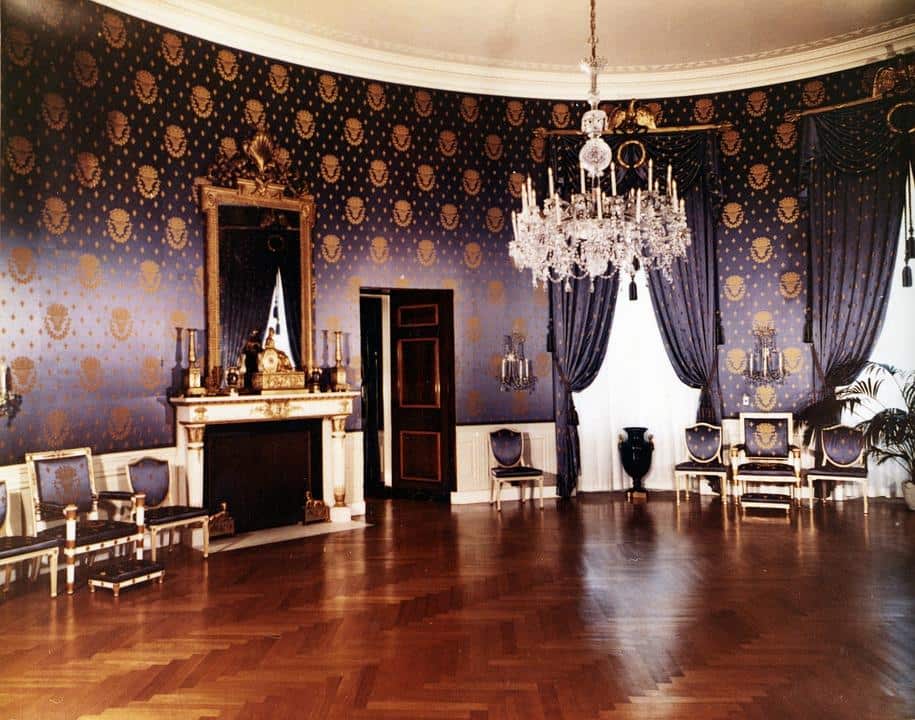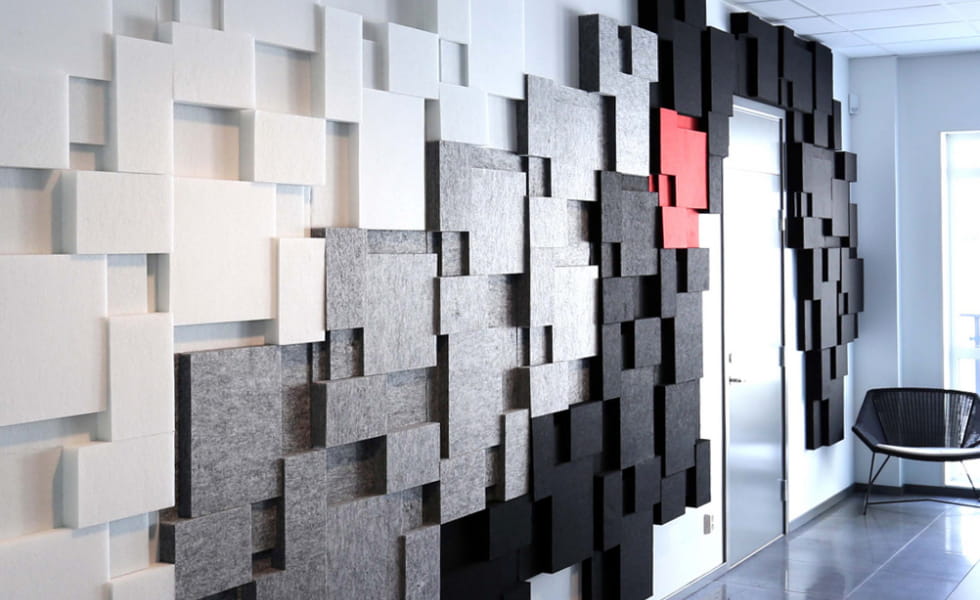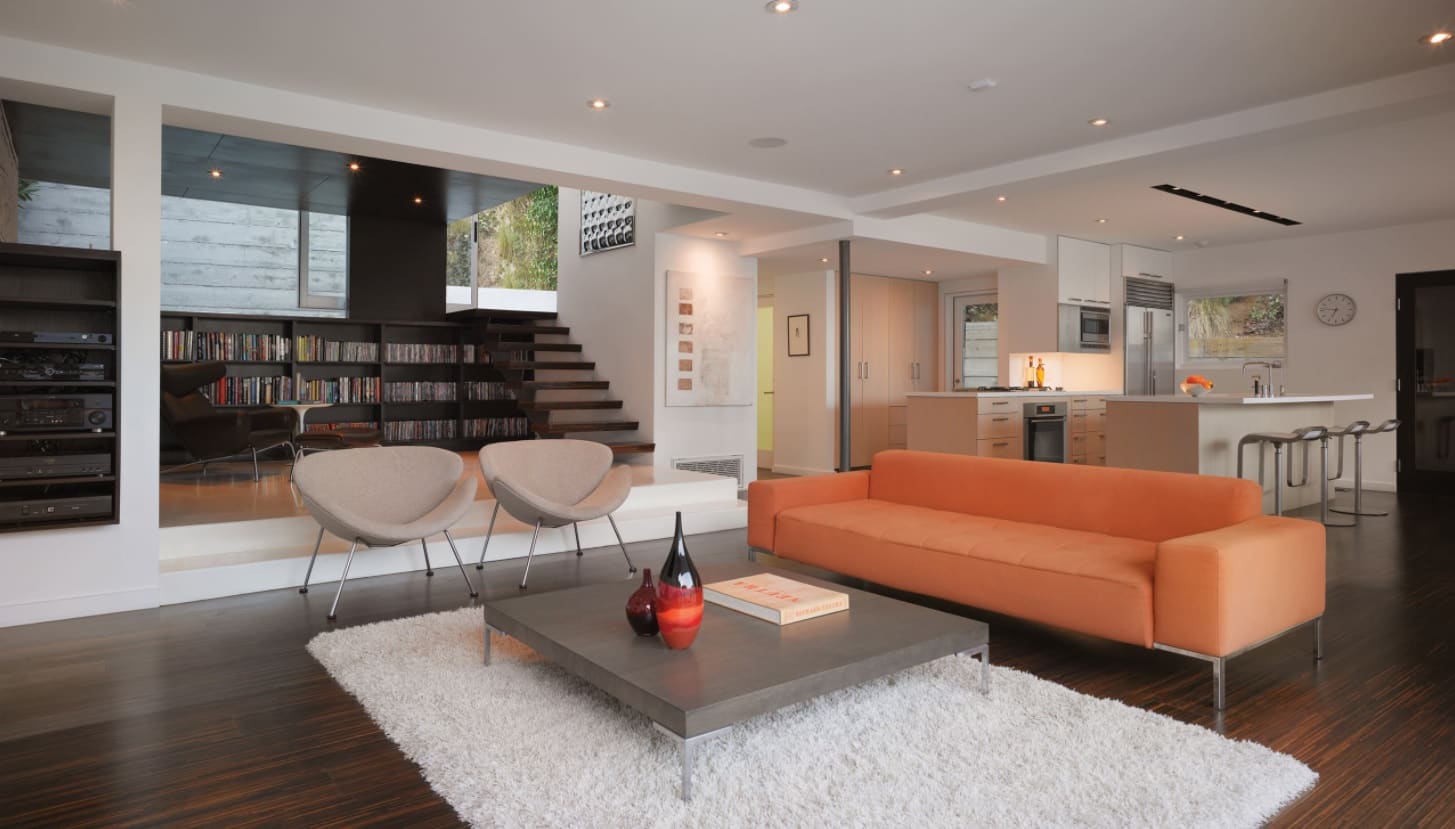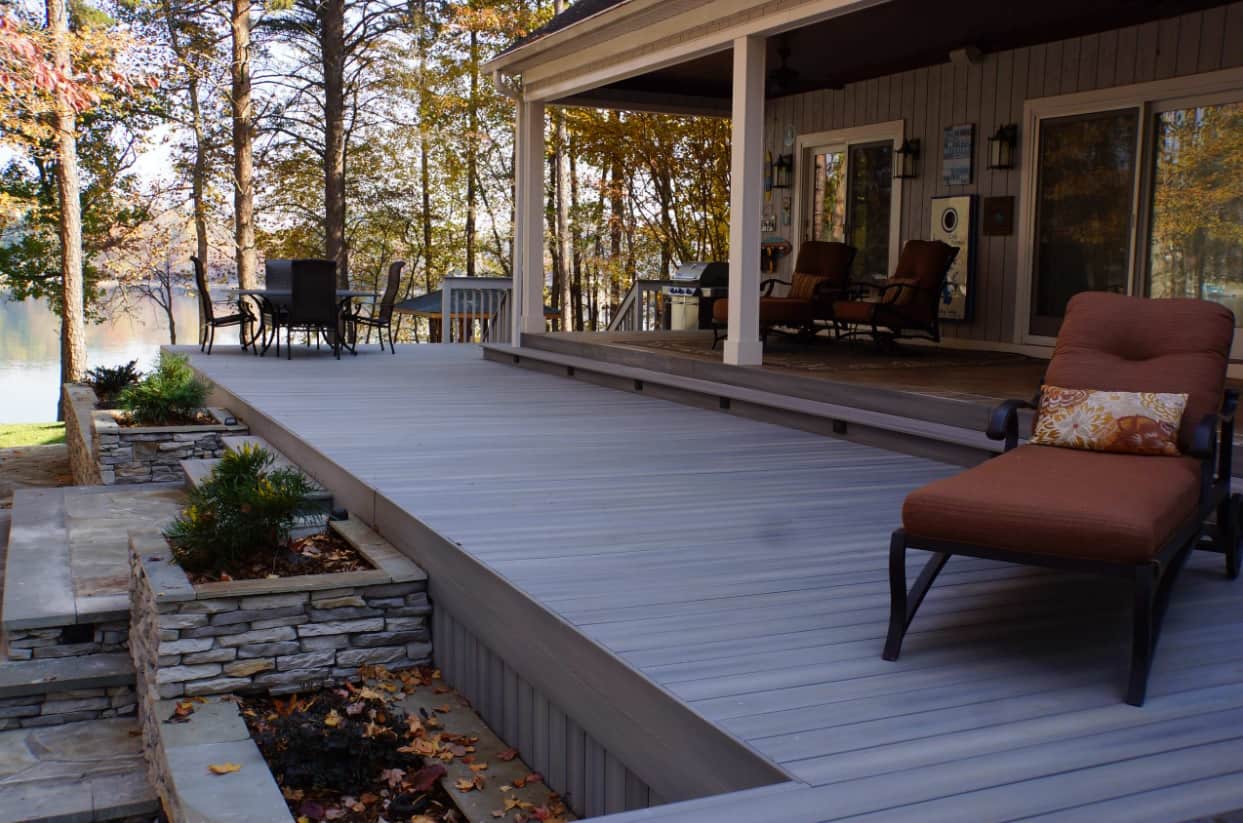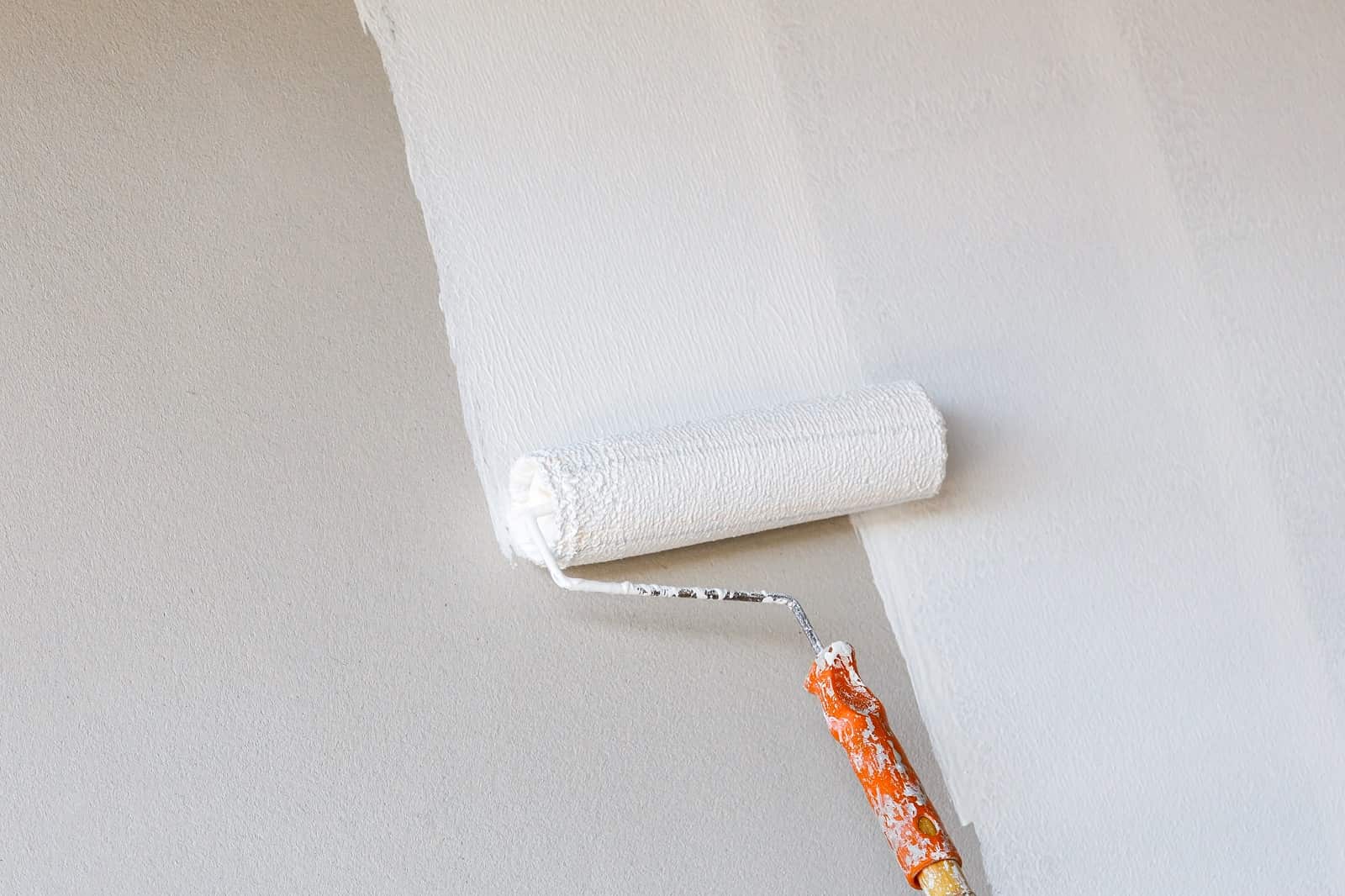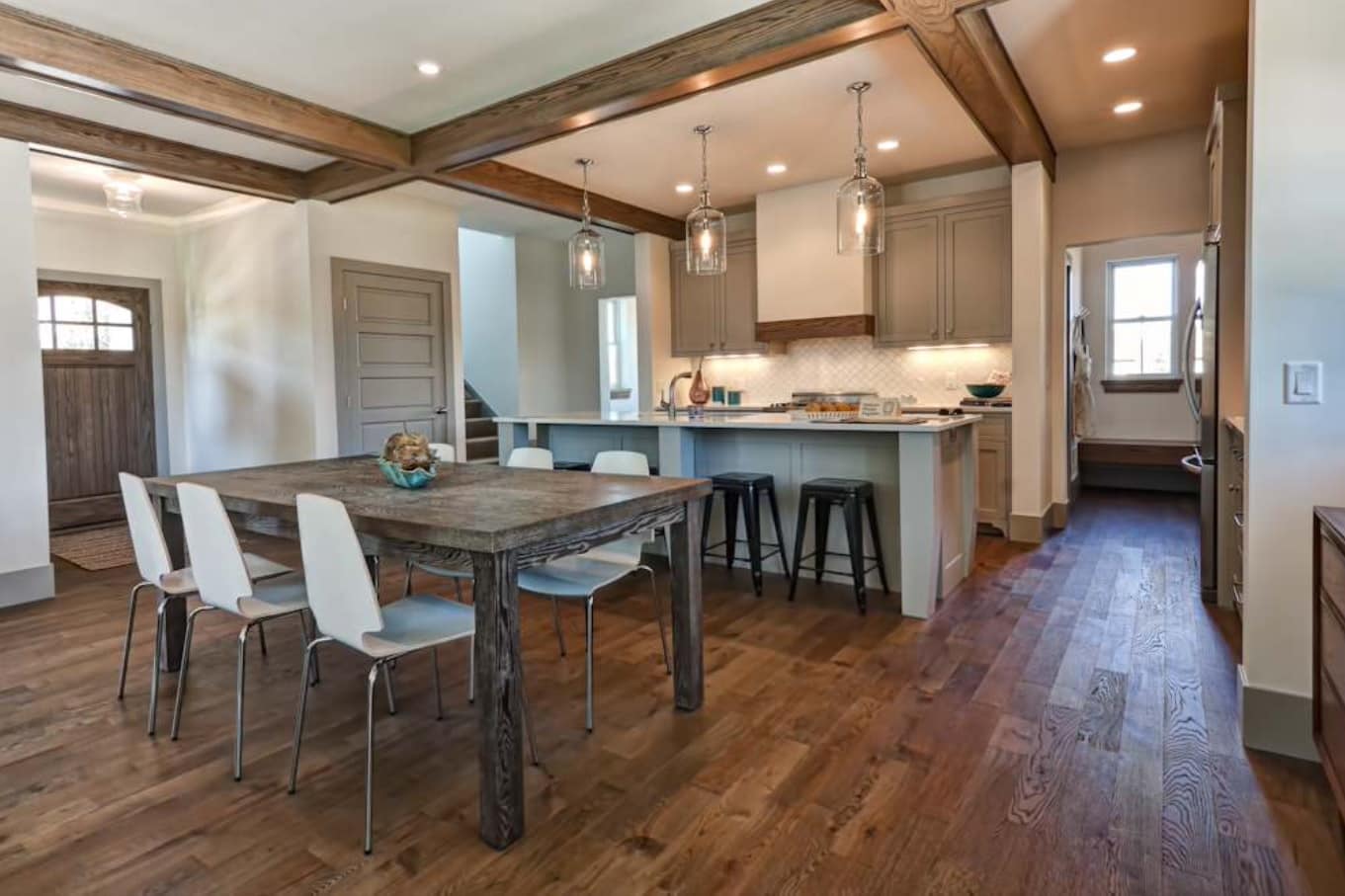The attic was once considered as a non-functional room between the ceiling and the roof of the house, as well as a place for storing unnecessary things. Today, the attic allows you to increase the living space through the transformation. We have already mentioned what types of rooms you can arrange in the attic. And now will be focused more on the finishing of the achieved dwelling area. Thanks to the interesting ideas and practical advice of this article, you can beautifully finish the attic room of your home; create a room for rest, entertainment, eating, etc. The top-level area can be the most original and cozy room, where it will be especially pleasant to be.
Content
Finish
Attic houses are the solution that is most often chosen for expanding the usable area. It has an additional space without need to attach rooms. However, when repairing the attic, you should choose the correct finish.
Materials for Finishing the Attic
Drywall is great for finishing the attic. For dry rooms, it is recommended to use GKB boards, and for wet rooms – GKBI boards with increased resistance to water. The thickness of the boards for finishing the attic should not be less than 12.5 mm. The most commonly used plates are 120 cm wide and 200 to 300 cm long. Transporting them to the attic and cutting can be difficult. That is why some manufacturers offer small panels: width from 60 to 90 cm and length 130 cm.
Gypsum fiber boards are made of gypsum pulp in combination with cellulose fibers. Unlike drywall, they are a uniform material throughout the thickness. As a result, they are more rigid and resistant to damage in the form of dents. In addition, they are impregnated with a hydrophobic agent, due to which they are highly resistant to moisture, so they can also be used in kitchens and bathrooms. Gypsum fiber boards are available in sizes 150 x 100 cm or 200-300 x 120 cm. The most commonly used thickness is 10 and 12.5 mm.
Wooden panels. You can use different types of wood for paneling. Bright varieties, such as spruce, fir, maple, or ash, visually increase the interior, so you should use them on small surfaces when rooms are poorly lit. Slightly darker and at the same time warmer: pine, larch, beech, oak, cherry, elm, and light walnut. The darkest species is dark walnut and exotic wood. They are often used to create contrast or optical reduction of garret slopes with a large area and high ceilings. The finishing elements are 5–14 cm wide (the most common are 6–8 cm) and the length is 12–20 mm (the most popular are 14–16 mm). When you want to use boards in the bathroom or in the kitchen, you must take care of proper ventilation in the attic, and the wood itself should be well protected from moisture.
Wooden panels made of MDF or LDF are usually covered with decorative foil, sometimes with veneer. Some manufacturers have from a dozen to several dozen projects of finishing films, which can imitate wood, stone, and colorful mosaics in appearance.
Veneers from various types of wood. The veneer can be covered with a transparent varnish that emphasizes its natural appearance or can be painted while preserving the texture of the wood. Wood panels are recommended for rooms with a humidity level not above 70%. Therefore they cannot be used in bathrooms, laundries, or saunas. This is due to the fact that the panels can get wet and rot. There are several different sizes. The most commonly used: 12.5; 15; 16; 18.9; 20; 25; 30 and 32.5 cm. Thickness is 7-10 mm, sometimes 12 mm. The most common lengths are 260 cm, much less often 90 cm or 150 cm.
PVC panels are made of unplasticized PVC with improving additives that increase their mechanical strength. They are lightweight, which is the main advantage of the finishing material. PVC panels are resistant to water, do not deform under the influence of moisture, and do not rot. It is also easy to keep them clean with a damp cloth with the addition of a cleaning agent. They can be used both in dry and in wet areas. Due to the different sizes, colors, and textures, this material allows you to finish the interior in many ways. The panels are painted in several colors (even in aluminum), and their surface can be glossy or matte. You can also choose a model with a print imitating of wood or stone veneer.
Wooden boards – OSB boards are actively used to finish the attic. Their designs have sufficient resistance to moisture in the air, low absorbability, and swelling. These are three-layer boards of wooden chips and resin, in which the fibers of chips in the outer layers run in parallel to the length of the board and in perpendicular in the inner layer. They are 122–250 cm wide and 244–280 cm long. The recommended thickness is 12, 15, and 18 mm.
Skylights
The space under the roof is considered as a residential part of the house, where a person rests and recovers after a busy day of work. For good health, it is important that the attic is properly lit.
In the attic, there are usually bedrooms, children’s rooms, and spacious bathrooms arranged. The functionality of the attic depends not only on the shape of the roof and the method of location of the interiors but also on the appropriate lighting. High-quality artificial light can replace the natural one.
Attention! If you want to constantly use the interior under the roof, then you need to take into account the following rule: the total area of the glazed windows on the roof should be about 10% of the floor area of the lighted room. The optimal size of the glazing is determined by the assumption that one square meter of glazing will cover from 8 to 12 square meters of the attic. If it is smaller, the room will be too dark, if it is much larger, then staying in the attic on sunny days without using curtains and blinds can become burdensome.
There are several possibilities for natural light inside the roof. Roof windows are the most popular among them, ensuring a natural influx of light. You do not need to limit yourself to one type of roof window and install it in all rooms. It is better to choose several windows that differ from each other by form, specially adapted to the function of the interior.
Although there are many types of roof windows, you can follow some rules in their choice. Let’s start with the size of the windows. Usually, they are calculated by the architect and stored in the design of the house or mounted later on in a previously unused attic.
Tip! The length of the window should be adjusted to the angle of the roof. The smaller it is, the longer the window should be, and vice versa. In turn, the width of the window should be less than the distance between the rafters. Then there is no need to use additional elements to strengthen the roof structure.
For a suitable light intensity, the location of the windows is important. It is better to illuminate the space under the roof with several correctly positioned smaller windows in different places than with one large one.
Tip! The windows installed above the table, tabletop and even a shower will be especially functional.
When planning the location of the roof windows, it is worth paying attention to access to them. Optimal placement should ensure free passage under the windows and eye contact with the environment. For this reason, manufacturers recommend an installation height of 90 -140 cm from the floor.
Useful information! In terms of service, tilt and turn models are the most convenient. They are equipped with two separate opening functions: tilt (0-35 degrees) and rotation (up to 180 degrees). The first allows you to easily approach the edges of an open window, and the second – to simplify cleaning the outer panel. If the window is placed high, it is worth choosing an automatic control that will greatly facilitate the use.
Windows in the bedroom should provide adequate ventilation. Therefore, it is worth choosing such models, which design allows you to supply fresh air, even when the sash is closed. Make it through fans and ventilation valves. In children’s rooms, windows with a handle at the top of the pane are best suited. After closing there is a guarantee that the child will not open the structure. In addition, they can be equipped with special protection in the form of a key lock.
For the kitchen and in the bathroom, there are also special windows with an efficient fan, through which fresh air will flow from outside. Due to limited access, the most functional models in these rooms will be rotating windows with an opening handle at the top of the wing.
To illuminate the spacious interior of the living room under the roof, one window is not always enough. That is why it is worth considering glazing most of the roof. For better lighting of the room, it is worth using windows with sizes larger than the traditional ones. Such models are available in standard width and height up to 180 cm. These are pivoting windows with an axis located above half of its height, thanks to which even a tall person can stand freely at the open window.
If the room is large, you can afford a bit of extravagance and combine the windows into one set by extending the glazing horizontally or vertically. You just need to remember that at the window level they should have the same height, and in the vertical position – the same width.
A tip to better light the room! Choose windows that should be built into the low walls of the attic. They represent an additional element that “widens” the roof window of any structure. This set can be used on a slope of 15-55 °.
Attic Balcony
If you want to create a balcony or terrace in the attic, then there are two choices:
- The first is a balcony window. The lower part of the window is integrated with the balcony railings. The upper part of the set is a tilt-and-turn window. Lowering the lower element to the vertical, within you will create a small balcony in a few seconds. And the upper element can be tilted to 45 degrees relative to the roof position. After closing, the balcony creates a flat surface with a roof.
- The second option is a special set of roof windows connected to vertical elements. This will be an exit to the terrace, built into the roof structure, or added to the walls of the house. This solution can also be easily used in homes without knee-high supports. The upper part of such a balcony is a window with a slope and a turn, the wing of which rises at a 45-degree angle. The lower part consists of vertical windows with the possibility of opening on the left or right side, serving as a door to the terrace.
Flat Roof Windows
The windows can not only illuminate the interior under a steep roof but also under a flat one with a slope of 0-15 degrees. The most versatile way is windows specifically designed for flat roofs. They do not threaten the safety of residents. The outer panel in the set of shafts is made of tempered glass that is resistant to adverse weather conditions, such as high temperature and mechanical damage, for example from hail. The design of flat roof windows also prevents the stagnation of snow and rainwater on the glass surface.
Stairs to the Attic
Since the attic in most cases is the area of the mansard, which was not foreseen as a dwelling when the house was built, it is necessary to carry a mounted staircase to get under the roof. There are special ladders designed for the attic, which, when unfolded, do not require a large amount of space, and after folding they are completely hidden in a box located in a hole in the ceiling. Therefore, they are invisible with daily use. The attic staircase can be installed in a room with a maximum height of 330 cm and a hole in the ceiling from 50 x 80 cm to 70 x 140 cm. Upon special request, some manufacturers adopt the stairs to unusual sizes. In the smallest places, you’ll need a retractable ladder for turning. Its steps usually have non-slip grooves and rounded corners.
There are two main types of ladders on the market: segmented wooden or metal, which consist of two or three wooden or metal segments that fold or slide to create a single whole. The steps of wooden stairs are made of pine and spruce, steel and metal. Their number depends on the height of the room – usually 11, 12, 13 or 14 steps. The permissible load of wooden steps is 150-160 kg, the metal ones – 200 kg. There are also models on the market with remote control, equipped with a 24 V electric drive, a controller with a switch, an automatic limit switch, a safety switch, and the possibility of manual control in the case of a power failure. In addition, such stairs can be equipped with a smoke detector and a siren for optical and acoustic warning signals in case of fire.
If space permits, one of the walls can be used to build an elegant stationary staircase made of wood that will lead to the attic and decorate the interior of the room, providing stable support. This design is very important in the case of a children’s room in the attic, ensuring maximum safety during descent and ascent.
Lighting
The attic is a space that creates unusual layout options. Limited spaces and sloping ceilings are a big problem both in terms of choosing the right furniture, colors, and lighting. As in other rooms of the house, the attic lighting is based on two sources – natural and artificial light.
Properly lit rooms seem large. They are also much nicer and more positive. In a house with a practical attic, there should be enough windows on the top floor. You can not overestimate the importance of artificial lighting, which should be properly designed, preferably with the help of a specialist.
Windows are the main element of lighting in the attic. There are several types of windows that differ in design and functionality:
- The front window is in the upper wall of the building. Its disadvantage is that it does not provide illumination of the space located in the depths of the attic.
- Vertical skylight. This is a wholly decorative element of the building, but it doesn’t give a good light to the interior.
- Roof hatch – especially recommended for small rooms where you do not need to open windows.
- The roof window is a simple window built into the area of the attic. Most often it opens by rotating around a horizontal axis passing through the center of the structure. The roof window provides the evenest lighting in the room.
- Roof windows are more than just natural attic lighting. They also create the impression of a larger space, usually limited by bevels and large ceiling surfaces.
Artificial Attic Lighting
Not every attic allows you to hang traditional pendant lights. If the ceiling is high under a sloping roof, you can afford a lamp with a long cable or with an elongated decorative motif.
However, compact lamps that do not require large spaces, such as ceiling lamps and halogen spotlights, work best in the attic. They can be placed both on uneven ceilings and on walls. The advantage of spotlights is that you can easily change the direction of light. It is also very easy to attach them to various elements of the roof structure.
Attic Lighting: What to Remember
The organization of attic lighting is often a real problem. Planned electrical installations should be thought out in detail, also for safety reasons. Unlike conventional ceiling, in the roof of the attic, there are elements of insulation. It is necessary to carefully protect the wires that are in contact with the insulation so that there is no short circuit. It is best to pack them in plastic shells and install them at least a meter from the floor. Due to the overheating of the lamps and frames, it is also not recommended to install halogens in drywall panels.
Tip! Halogen lighting or wall lamps installed on special decorative rails are ideal for lighting in the attic. There is no direct contact between the lamp and the wall.
There should be no dark corners in the attic. To illuminate selected parts of the rooms, appropriate installation of LED lamps is provided, which emphasize the advantages of tilting and irregular spaces. Undeveloped, dark recesses can also be lit by a well-chosen floor lamp. A two-point lamp is ideal for modern attic lighting. One of its rays illuminates the reading area, and the other emits more diffused light on the sloping ceiling.
Color Selection
An attic is a unique place of the house, which is characterized by sloping walls and intimate space. The color of this interior is a very important element because it defines the atmosphere in the room and the feeling of space, which is extremely limited in the attic. What colors to choose and what to avoid when equipping attic space? Which walls can be richly painted and what should be light or white?
Low penthouses and those that have a small space require special care for its area and good lighting. It is the light that makes you feel free in the interior, optically enlarging the room. That is why in the attic with a large number of sloping walls it is better to choose very light shades, preferably those that create a slightly shiny satin coating, enhancing the effect of space.
Tip! If you want to have rich, expressive colors in a small attic, it is better to paint one of its wall or a part of it. This, however, must be a vertical surface. Inclined walls in the dark version will make the room seem dismal. So it is better to leave them in bright colors.
Lighting is an important factor in attic rooms. Because of the features of the interior is best to use a variety of points of different nature. In such a lighted attic, diffused light, even in the evening, will highlight the colors of the walls and emphasize their positive properties and desirable features. Too weak light will make delicate colors appear gray, and one central chandelier will not illuminate everything, making the room smaller. An additional functional advantage of many lighting points in the attic is the possibility of different interior design depending on changing needs.
A good idea! Decorate the walls and ceiling throughout the attic in monochrome colors. The color should be light enough, representing the background for very light furniture and accessories. This solution is especially useful in situations where the internal architecture is extremely complex. The uniform color of the surfaces organizes the interior and makes it more transparent and consistent.
If you want to apply two or more colors, it is better to combine them so that the darkest colors are on the vertical walls, even if their height is small, and light shades are on others. This solution is almost always the most profitable.
Tip! When choosing the colors of the walls in the attic, it is worth remembering that in addition to the decorative function, they play a special role, allowing you to save as much light as possible inside and optically increase the space.
Beautiful Interiors
Get inspired for change by decorating the attic of your home. Choose an interior design in the attic in the photo gallery, which will be a hint of how beautifully and functionally you can arrange a room under the roof.
You will find many attic design ideas for your living room, bedroom, kitchen, bathroom, office, gym, etc. When making the attic, remember that daylight and the correct arrangement of interior items will allow you to arrange a comfortable living area under the slopes.
A well-equipped attic often resembles rooms from lower floors. This effect in the interior design of the attic can be achieved by finishing the ceiling of the roof, for example, from gypsum panels. This finish is a good solution in high attics as it visually reduces the interior of the attic.
With the help of a carefully thought out composition of the boards, it is also possible to imitate the structure of the roof in the attic, which was hidden in thermal insulation. The open roof construction with beams is suitable not only for attic interiors with idyllic or rustic décor but also for modern styling of the industrial attic. In the attic of a rustic style, the visible wooden structure should have a natural or darkened color. In Scandinavian style space, it is best to paint surfaces in pastel color.







